Zanskar Valley Tour Packages
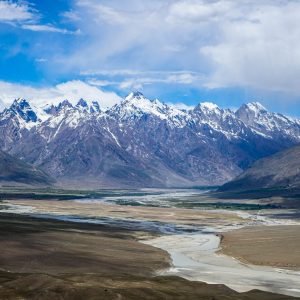

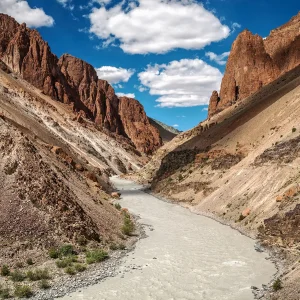
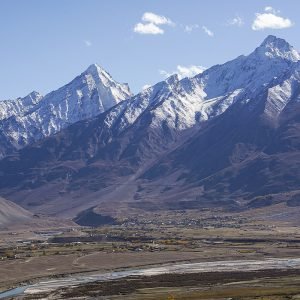
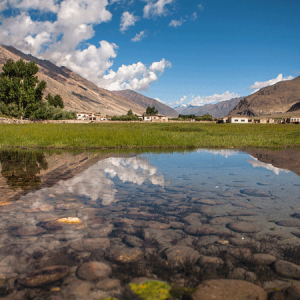
Table of Contents
ToggleIt remains one of India’s best-kept secrets – tucked away in the rugged landscape of Ladakh, in Jammu & Kashmir. This is an awe-inspiring and largely untouched area, holding much promise for those in search of adventure, serenity, and a glimpse into the ancient Tibetan Buddhist culture. As more and more travelers are being attracted towards this remote paradise, Zanskar Valley tour packages have emerged as something in demand among those searching for everything from spiritual retreats to daring trekking expeditions.
In this blog, we will talk about the Zanskar Valley in detail: all the things you’d like to know before a trip to this breathtaking area. Starting from the best time to go there and what activities are possible there, we are going to take you through this great Himalayan destination.
Introduction to Zanskar Valley
Zanskar Valley is often described as the ‘Land of Monasteries’, and is situated at about 3,500 meters above sea level. One of the most inaccessible areas of Ladakh, Zanskar Valley is the perfect destination for those looking to break free from the chaos of the world. Scenic landscapes and virgin views of snow-clad peaks, deep canyons, and a mystical tranquility are its hallmarks.
Besides Buddhist culture, Zanskar is rich in its own with many ancient monasteries dotting the region. The valley is primarily inhabited by Zanskari people, who follow Tibetan Buddhism, and the region’s historical and religious significance makes it a prime destination for cultural tourism as well.
Why Choose Zanskar Valley for Your Next Adventure?
When planning a getaway, especially to a region as remote as Zanskar, one might wonder what makes this valley so special. Here’s why Zanskar Valley should be at the top of your travel bucket list:
1. Unspoiled Natural Beauty: Zanskar is an untouched haven for nature lovers. The region’s pristine rivers, barren landscapes, and snow-capped mountains make it an ideal destination for photography, trekking, and nature walks.
2. Adventure and Trekking Options: Zanskar houses the best-known trekking trails of India. One of these is Chadar Trek. The trekkers have an adventure and, of course, thrill to travel in such a high altitude that is, apart from posing severe physical challenges, is spectacular in terms of landscape.
3. Cultural Immersion: Zanskar is a place that offers an opportunity to experience traditional Tibetan Buddhist culture. The region is home to several ancient monasteries, vibrant festivals, and a community that has managed to preserve its way of life for centuries.
4. Isolation and Serenity: The valley is a remote place, offering seclusion from the noise of urban life. It’s perfect for spiritual seekers, nature lovers, and anyone looking for a peaceful inner life.
Zanskar Valley Tour Packages: What to Expect
Zanskar Valley tour packages are all suited to a range of travelers, from wanting to get a quick and swift glimpse of the beautiful destinations to those who yearn for more experiences. The options of tours include cultural tours and adventure expeditions, as well as spiritual journeys and luxury retreats. Based on your desire, you can select the type of tour that will best suit you.
1. Zanskar Valley Trekking Packages
If you are an adventure enthusiast who loves exploring hidden valleys, remote villages, and challenging terrains, then trekking in Zanskar Valley should top your list. Some of the most popular trekking routes in the region include:
- Chadar Trek: Chadar Trek is perhaps the most widely talked-about winter trekking route in India. Winter time, specifically from the end of January to early February, provides an opportunity to trek through a frozen sheet of the Zanskar River, traversed with ice-capped mountain ridges and waterfalls locked within glaciers. The trekking experience in these conditions can be difficult and requires some physical stamina as well as mental.
- Zanskar Valley Trek: This is one of the most iconic treks in the region. It takes trekkers from Padum to Lamayuru, passing through remote villages and Buddhist monasteries. The trek usually spans 10 to 14 days and offers breathtaking views of the Himalayan range, remote valleys, and serene landscapes. This is a moderate to difficult trek, ideal for those who want to explore Zanskar’s hidden corners.
- Darcha to Lamayuru Trek: The Darcha to Lamayuru trek links the Zanskar region with Ladakh, and is often referred to as the trek of spectacular landscape. This route encompasses some high-altitude passes and alpine meadows and passes through Tibetan Buddhist culture-rich villages. It is a bit more lengthy and exhausting, lasting around 14 days, and therefore appropriate for more experienced trekkers.
2. Zanskar Valley Cultural Tours
The valley has a rich culture of Tibetan Buddhism and can be explored through cultural tours that offer a rich and diversified experience. Must-visit places for any cultural enthusiasts would be the following:
- Karsha Monastery: The largest and most important monastery in Zanskar, Karsha Monastery stands on a hilltop, overlooking the Zanskar River. Founded in the 11th century, it is home to over 100 monks. Visitors can explore its prayer halls, shrines, and murals, which depict scenes from Tibetan Buddhist lore.
- Phugtal Monastery: Sited in the middle of a cliff, the Phugtal Monastery is one of the most remote monasteries of Zanskar. Founded by Lama Phugpa in the 12th century, this monastery is built into a cave, and its unique structure has captured the imagination of many. This is one of the places that would offer a spiritual retreat, where one can observe the daily lives of monks in one of the world’s quietest settings.
- Zongkhul Monastery: This is a remote monastery located in the heart of the Zanskar Valley. It hosts ancient murals and caves with temples. The monastery can only be accessed on foot, thereby making it an ideal destination for trekkers.
- Padum Town: This is the administrative capital of Zanskar, where you can find Tibetan style houses, old monasteries, and markets. Padum town base for most trekkers, which gives one a peep into a rather local lifestyle.
3. Adventure Tours in Zanskar Valley
Zanskar is not only culturally and spiritually important but also an adventure lover’s paradise. These are some adventure activities you can indulge in during your visit to Zanskar:
- Whitewater Rafting: Whitewater rafting experiences are offered by the Zanskar River. With rapids and tough water conditions, this river that passes through the heart of the valley offers one of the best rafting experiences in India. Many tour operators offer rafting packages to both first-time rafters and those experienced rafters.
- Camping: The rugged terrain of Zanskar provides some excellent camping. Just imagine a night near the Zanskar River with towering peaks and starry skies all around. There are plenty of campsites in the area where you can pitch your tent and spend a night under the open sky.
- Mountain Biking: The vast expanse of winding roads and trails of Zanskar makes it an excellent location for mountain biking. Several companies offer guided mountain biking tours, where you can explore the valley’s stunning scenery while testing your cycling skills.
4. Photography Tours in Zanskar Valley
For photographers, Zanskar is a photographer’s paradise. In this valley one can see stark landscapes combined with dramatic skies and ancient monasteries to photograph. One can focus on photography of photogenic spots in the valley including the frozen Zanskar River, towering peaks of mountains, and colorful monasteries scattered in the region.
Best time to visit the Zanskar Valley
Zanskar Valley is a year-round destination, but the ideal time to visit depends on your preferred activities. Here’s a breakdown of the seasons in Zanskar:
Summer (June to September): This is the best time to visit Zanskar for trekking, camping, and sightseeing. The weather is mild, ranging from 15°C to 30°C, ideal for outdoor activities. The trekking routes are open, and the Zanskar River is navigable for rafting.
Winter (December to March): This is the period when people observe winters that lead up to a major tour, the famous Chadar Trek. Under thickly spread snow of winter valley temperature as well drops to even a lesser number, about -25°C. Hence the best period of all for viewing an out-and-out frozen river while people roam within solitarily on land.
Autumn (October to November): Autumn is the quiet season to visit Zanskar, as not many tourists are seen during this time. The weather is still quite pleasant, but the landscapes start changing as the leaves of the sparse vegetation in the region turn golden, making it a beautiful time for photography.
Spring (April to May): Spring marks the transition from winter to summer. The region begins to thaw, and the landscape slowly transforms into lush greenery. It’s also the best time for those looking to avoid the summer crowds.
How to Reach Zanskar Valley
Zanskar Valley is a remote destination, and reaching it requires careful planning. Here’s how you can make your way to this hidden gem:
- By Air: Nearest airport is Leh that lies approximately 230 kilometers away. Leh city connects with important cities including Delhi, Mumbai, and Srinagar. The most accessible path is hiring taxi or a jeep from Leh to the village of Zanskar.
- By Road: Zanskar can be easily accessed by road from Leh. The journey is a long one and tiresome. The road between Leh and Zanskar remains open only for half the year, between June and September, during which time it is possible to reach Zanskar by car or jeep, covering a distance of 10-12 hours.
- By Trek: For adventure seekers, reaching Zanskar by foot is a rewarding experience. Several trekking routes connect Leh to Zanskar, taking trekkers through rugged terrain, past monasteries, and along the Zanskar River.
Conclusion: Why Zanskar Valley Should Be Your Next Destination
Zanskar Valley is undoubtedly one of India’s most stunning and mysterious travel destinations. Whether you are an adventurer seeking challenging treks, a photographer looking for beautiful landscapes, or someone looking for spiritual enrichment, Zanskar offers a variety of experiences. With Zanskar Valley tour packages available for all kinds of travelers, it’s easy to explore the valley and create unforgettable memories. So, pack your bags, prepare for an adventure of a lifetime, and let Zanskar’s beauty and serenity captivate your heart.
FAQ's
1. What is Zanskar Valley?
Zanskar Valley is a remote, stunning valley located in the Indian Himalayas, in the Ladakh region of Jammu and Kashmir. It’s known for its rugged landscapes, ancient monasteries, and the Zanskar River, which is famous for frozen river trekking.
2. What are the main attractions in Zanskar Valley?
Key attractions in Zanskar Valley include:
- Zanskar River and its frozen river trek
- Padum (the capital of Zanskar)
- Lamayuru Monastery
- Phugtal Monastery
- Karsha Monastery
- Stongdey Monastery
3. When is the best time to visit Zanskar Valley?
The best time to visit Zanskar Valley is between June and September, when the weather is mild, and the roads are accessible. Winter months (December-February) are suitable for frozen river trekking.
4. How can I reach Zanskar Valley?
The most common way to reach Zanskar Valley is by road from Leh (approximately 450 km). You can drive through Kargil and then follow the route via Penzila Pass. Alternatively, you can trek in from different points, depending on the chosen route.
5. What is the road condition to Zanskar Valley?
The road to Zanskar Valley is challenging and mostly unpaved. It passes through high-altitude terrain with narrow roads, and the conditions can vary depending on the season. During winters, the roads are often closed due to snow.
6. Do I need a permit to visit Zanskar Valley?
Yes, you need an Inner Line Permit (ILP) to visit Zanskar Valley, as it lies in a protected area. Foreign nationals may need a special permit, which can be arranged through local tour operators or the DC office in Leh.
7. What are the tour package options for Zanskar Valley?
Zanskar Valley tour packages typically include:
- Road trips from Leh to Zanskar Valley
- Trekking packages (e.g., Chadar Trek, Zanskar Valley Trek)
- Cultural and monastery tours
- Adventure activities like river rafting
8. Is Zanskar Valley suitable for a family trip?
Zanskar Valley is ideal for adventurous families with a love for nature and culture. However, due to its remote location and tough terrain, the trip is best suited for families in good health and those prepared for outdoor conditions.
9. What are the adventure activities available in Zanskar Valley?
Adventure activities in Zanskar Valley include:
- Frozen river trekking (Chadar Trek)
- River rafting on the Zanskar River
- Trekking through rugged terrain
- Camping in remote areas
10. Can I go on a trek in Zanskar Valley?
Yes, Zanskar Valley is famous for trekking. Some of the most popular treks include:
- Chadar Trek (winter trek on the frozen Zanskar River)
- Zanskar Valley Trek (a multi-day trekking expedition through villages and monasteries)
11. What is the Chadar Trek?
The Chadar Trek is one of the most popular winter treks in India, where you walk on the frozen Zanskar River. The trek offers a unique experience of navigating through ice-covered landscapes in extreme winter conditions.
12. How long does it take to explore Zanskar Valley?
Zanskar Valley is typically explored over 7-10 days. A standard trip includes travel to Padum, visits to monasteries, and exploration of surrounding villages and trekking routes.
13. What kind of accommodation is available in Zanskar Valley?
Accommodation in Zanskar Valley includes guesthouses, homestays, and camps. In some areas, there are basic lodges, while in other places, traditional Ladakhi-style homestays provide a more authentic experience.
14. What should I pack for a trip to Zanskar Valley?
Essential items to pack include:
- Warm clothes (including thermal wear)
- Trekking shoes or boots
- A camera to capture the landscapes
- Sunscreen and sunglasses
- A power bank for devices
- Personal medicines and a first aid kit
15. Is Zanskar Valley safe for tourists?
Zanskar Valley is generally safe for tourists, though it’s a remote and less developed region. Travelers are advised to follow safety guidelines, acclimatize properly to high altitudes, and travel with a guide if unfamiliar with the area.
16. Are there any cultural experiences in Zanskar Valley?
Yes, visitors can enjoy various cultural experiences such as:
- Visiting ancient monasteries like Phugtal and Karsha
- Experiencing local Ladakhi culture and festivals
- Interacting with the local Zanskari people and learning about their lifestyle
17. Can I do river rafting in Zanskar Valley?
Yes, river rafting is a popular activity in Zanskar Valley, particularly on the Zanskar River. Rafting trips can be arranged during the summer months (June to September).
18. What is the best way to travel around Zanskar Valley?
The best way to travel around Zanskar Valley is by hiring a local taxi or jeep. Most tours offer transportation as part of the package, but traveling in a 4×4 vehicle is necessary due to the terrain.
19. What are the health precautions to take when visiting Zanskar Valley?
- Acclimatize to the altitude to avoid altitude sickness.
- Drink plenty of water to stay hydrated.
- Carry a medical kit with essential medicines, including for high-altitude sickness.
- Wear sunscreen to protect against strong UV rays at high altitudes.
20. Is there mobile network connectivity in Zanskar Valley?
Mobile network connectivity is limited in Zanskar Valley. BSNL has some coverage in select areas, but it’s best to be prepared for no connectivity in remote regions.
21. What are the best trekking routes in Zanskar Valley?
Popular trekking routes in Zanskar Valley include:
- Chadar Trek (Frozen River Trek)
- Zanskar Valley Trek (Padum to Leh)
- Trekking around Phugtal Monastery
- Lamayuru to Zanskar Trek
22. How do I get an Inner Line Permit (ILP) for Zanskar Valley?
You can obtain an Inner Line Permit (ILP) at the DC Office in Leh or through a travel agency. The permit is required for both domestic and foreign tourists visiting Zanskar.
23. Are there any local festivals in Zanskar Valley?
Yes, Zanskar Valley hosts several local festivals, including:
- Losar (Ladakhi New Year)
- Buddhist festivals at various monasteries
- Kalachakra and other religious festivals celebrated by the local Zanskari people.
24. Can I visit Zanskar Valley during the winter?
Yes, winter visits to Zanskar Valley offer unique experiences like the Chadar Trek on the frozen river. However, temperatures can be extremely cold, and access to some regions may be limited due to snow.
25. What is the altitude of Zanskar Valley?
Zanskar Valley is situated at an altitude of about 3,200 meters (10,500 feet) above sea level. Some trekking routes and areas may go much higher.
How to book Tours for Ladakh with Charzan Holidays?
For a seamless and exceptional booking experience, contact Charzan Holidays at reservations@charzan.in or call us at +917889504310.
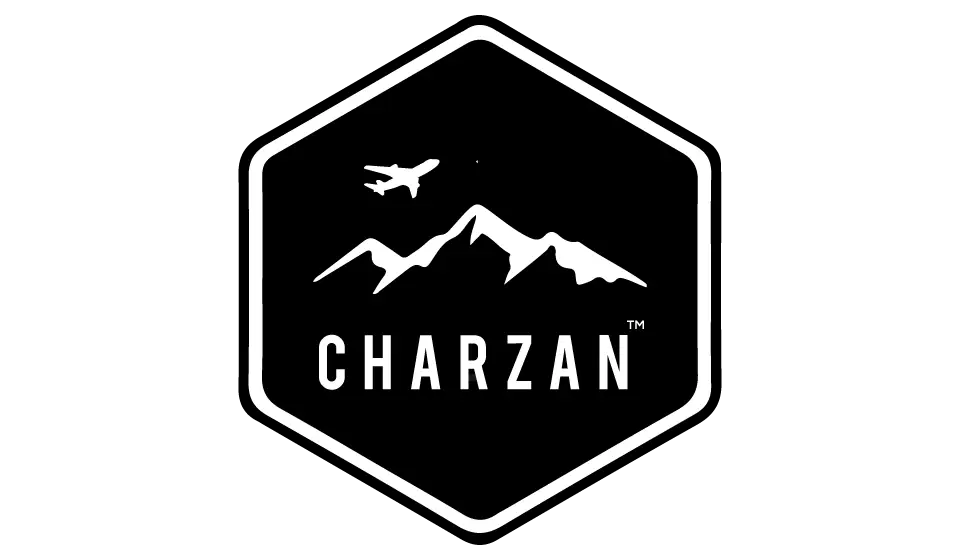

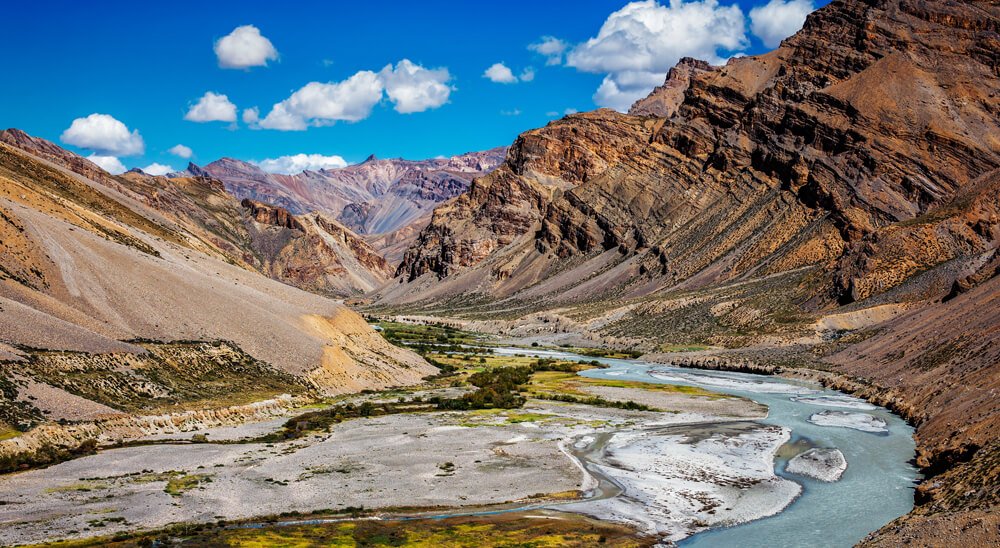
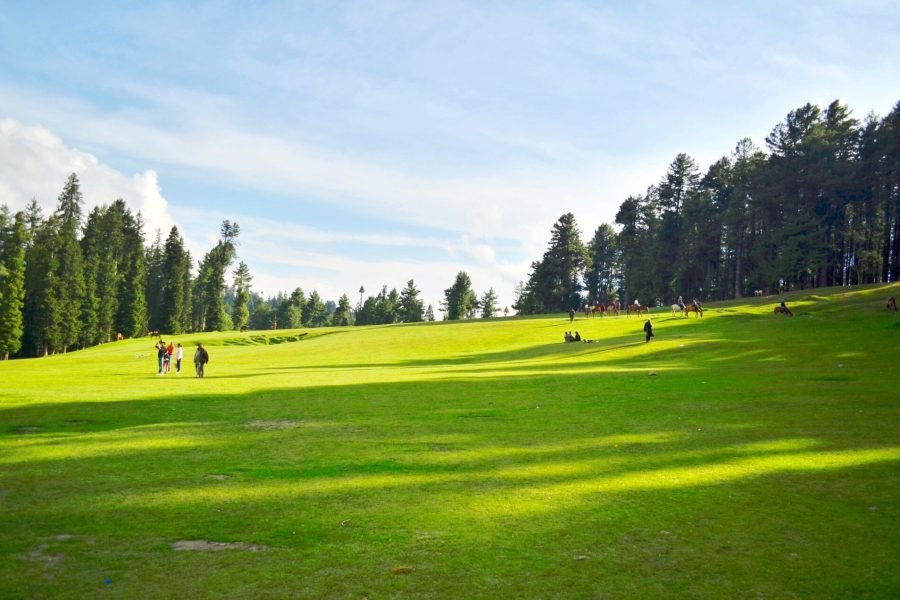
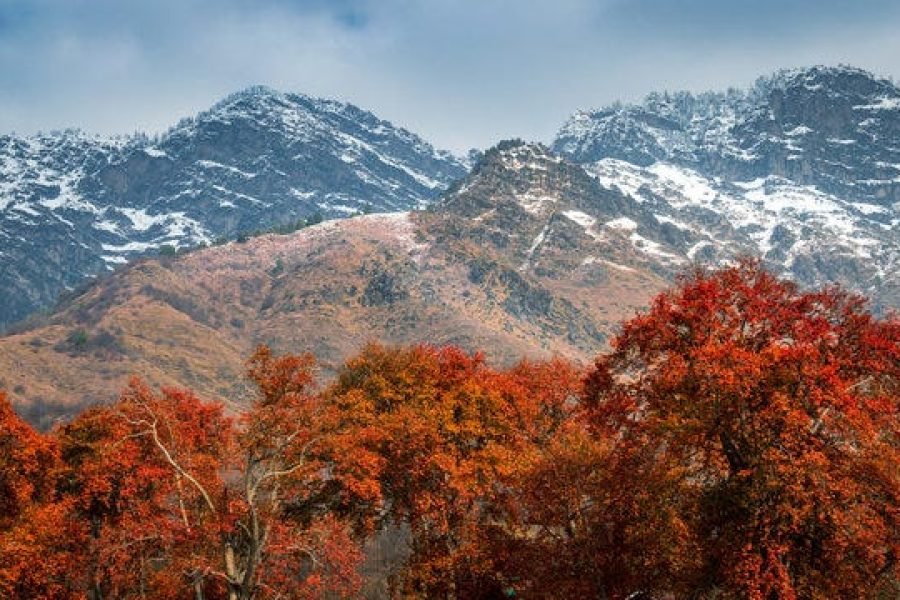
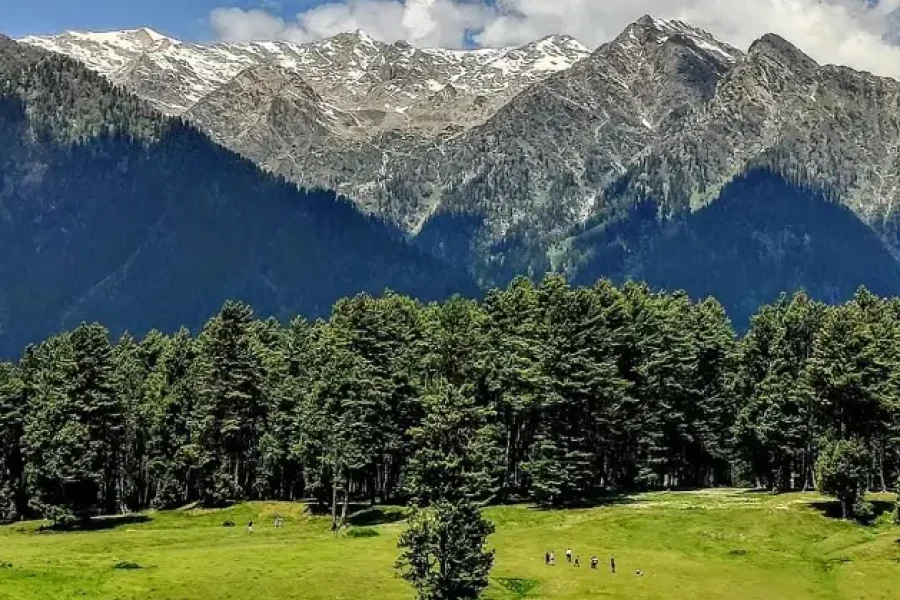
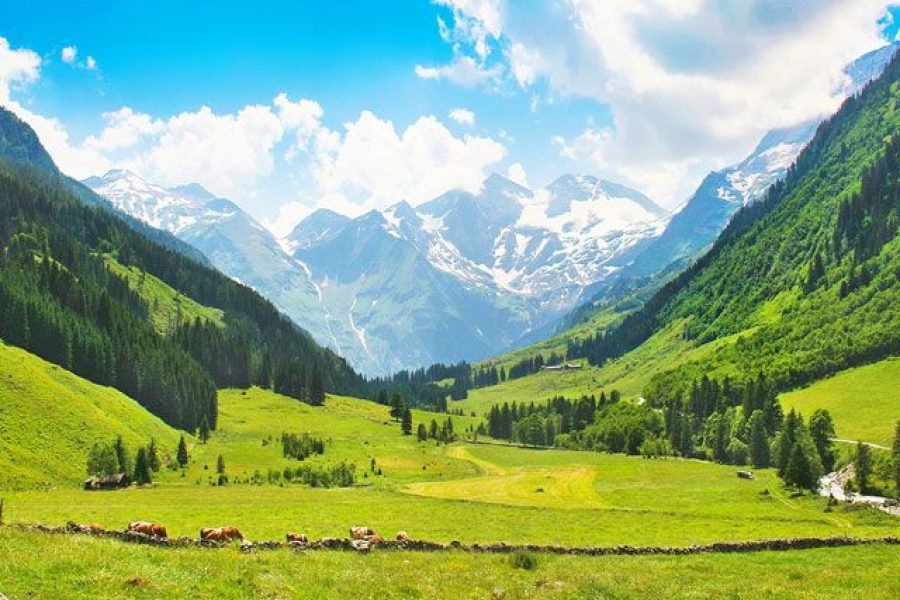
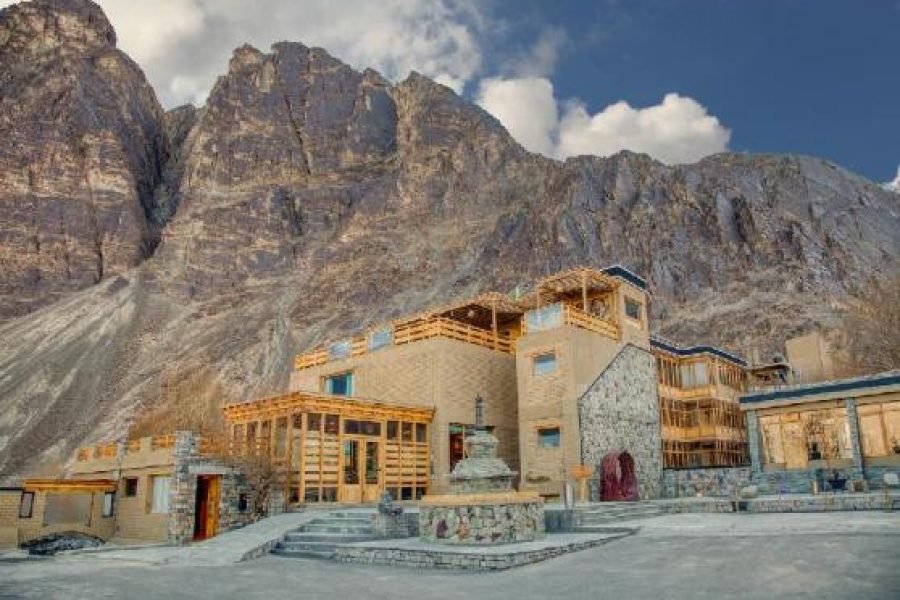
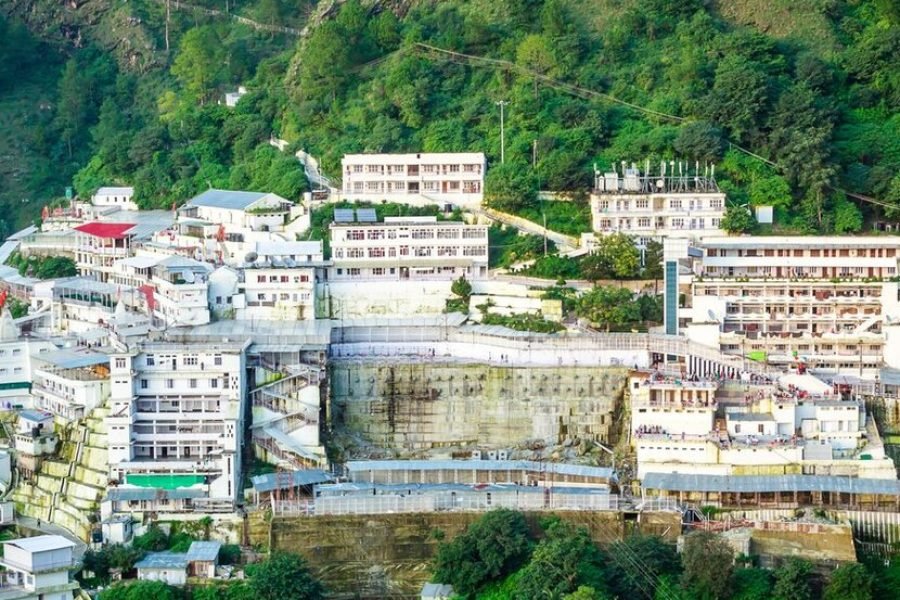
Your blog on Zanskar Valley tour packages has truly captured the raw beauty and serenity of this remote paradise! The stunning landscapes, breathtaking mountains, and unique culture of the region make it sound like an incredible adventure. Charzan Holidays has done a fantastic job outlining the perfect packages to experience Zanskar’s magic. I’m definitely considering a trip to this hidden gem—thank you for the insightful details and inspiration!